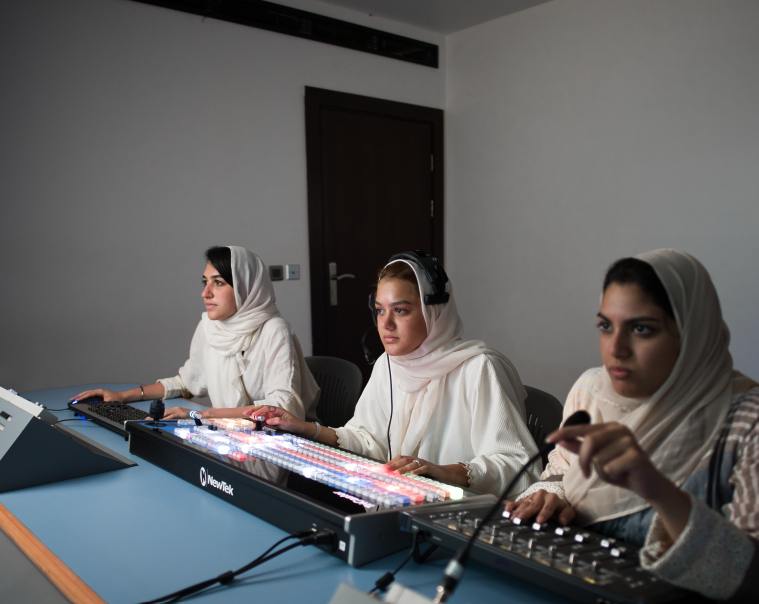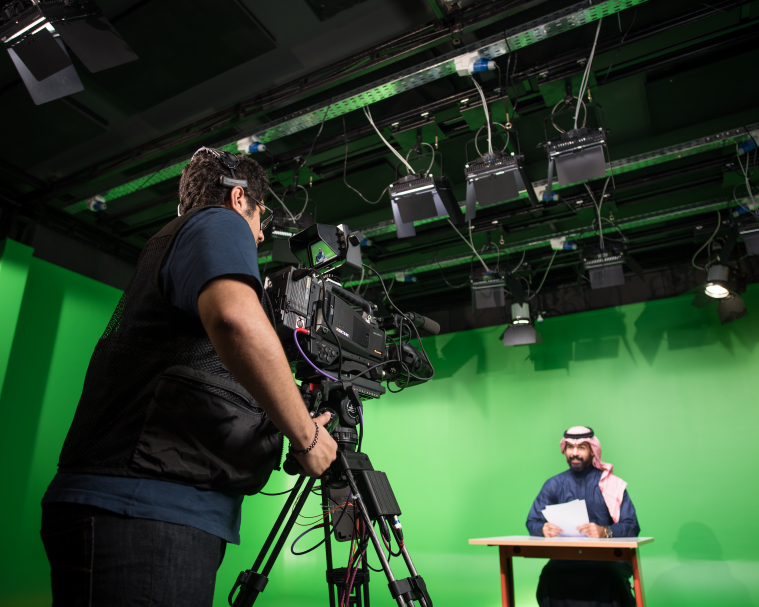Mathematical Models, Nanobiotechnology & Energy Applications
We tend to promote and value empirical/technological research projects that test new and innovative theories and have potential contributions to the development of knowledge and current best practices within the Drug Delivery System. We are also advocates of multidisciplinary research projects that integrate cooperative team efforts from different specializations working together on developing various mathematical models. This integration enables a wider contribution at the atomic level of the molecular interactions involving surface and volume integrals using the hypergeometric and other special functions. On the execution level, we realize that understanding the different parts and phases of a research project and how these parts fit together is a very important element of its success. Furthermore, identifying the level of details that the research project is going to investigate is a key factor in estimating the necessary effort and the required timeframe. Our general research interests lie in designing and obtaining mathematical models which give a unique opportunity to understanding the realistic mechanism of acceptance and rejection of different drugs and biomolecules through binding and interacting with each other. We apply mathematical programming, adopting the realistic mechanism of the latter interactions, and IT applications in obtaining the code for each calculation.







